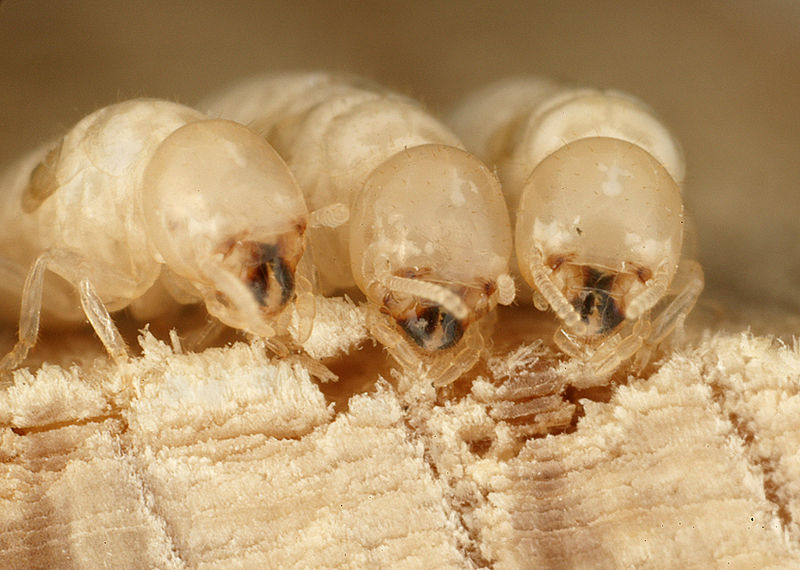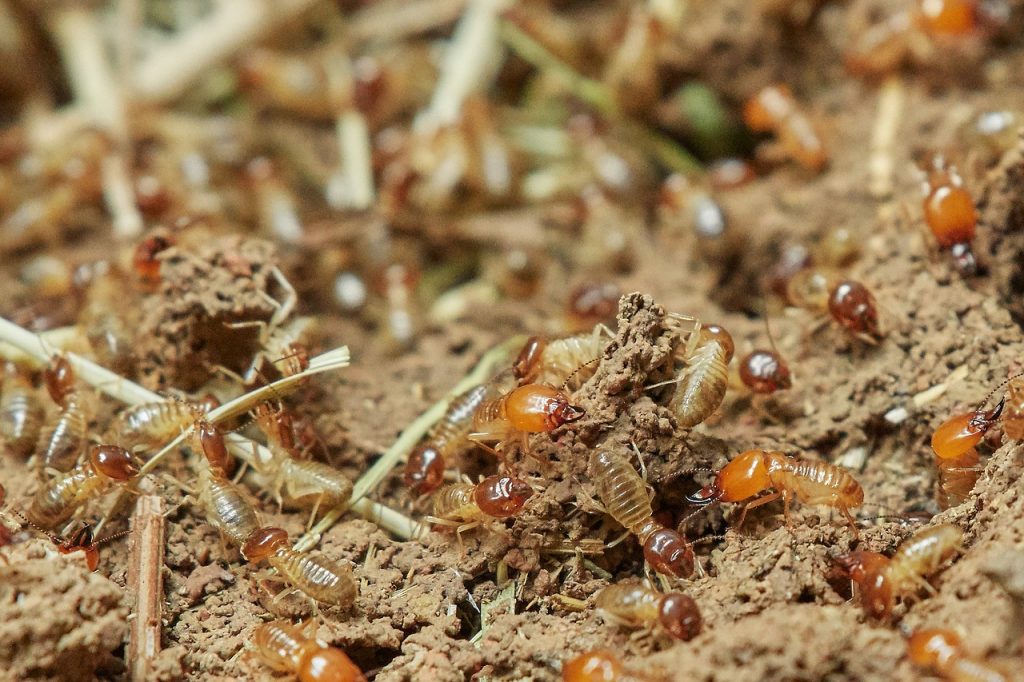
In Queensland, many of us love renovating our homes – whether they’re small projects or total facelifts.
But with renovating, there are a number of factors we need to take into account that simply go beyond budget, tools, material and time. In particular, many older Queensland homes – including the much-prized Queenslander – are built mostly from timber. With the weather we face all year round, it makes such homes a popular target for termites.
In today’s blog, we’ve listed 4 signs of a termite infestation you should be aware of before even beginning to renovate. Because if the problem isn’t fixed first, it will make the entire renovation process far harder.
1. Damaged wood
When it comes to termites, the first thing you’ll want to look out for in a home you’re renovating is damaged wood. Damage can range from a visible collection of holes in the wood to wood that is significantly hollowed out that it will break in your hands. Sometimes termites can start breaking away at timber from obscure areas, so another thing you can do is lightly tap against areas of timber where you know they should be solid and listen to judge whether or not they have been hollowed out to any degree.
While termites can attack various points, they’ll typically start at the bottom, so be sure to check the foundations of your home first. With a Queenslander or another home that is elevated off the ground, check the stilts to see if they’ve sustained any damage. Then check above you to see if the underbelly of any flooring on your first floor is damaged. Check the stairs outside and then move inside your home and observe any wooden flooring, skirting boards, etc. If anything looks odd or sounds hollow, then you need to contact a pest management service provider before proceeding with any further renovations.
2. Mud tunnels
When termites find it too difficult to burrow through a certain object, they will create mud tunnels as a means of protecting themselves while moving about. Commonly, you’ll find these mud tunnels appearing on tough surfaces outside the home, such as on brickwork and concrete structures as termites simply cannot burrow into such material. These tunnels are small (after all, they’re only catering as an area for termites to travel through) but still quite recognisable.

Keep in mind that you don’t fret as soon as you see one. Instead, break off a small section of the mud tunnel so that you separate it slightly. Leave it for a day or two and come back. If the section is still missing, then it likely means the mud tunnel is old and there are currently no termites using it. However, if the missing section has been rebuilt, this is sure sign termites are still active.
3. Swarmers
With many termite infestations, one of the first signs you’ll see is luckily more clear cut than the above two. Often, when termites are active in your home, you’ll see swarms of them typically on window sills or near lights inside your home. If there are swarms inside your home, it’s basically a 100% guarantee you have a termite problem. If you notice swarms outside your home, it may not necessarily mean they’ve started attacking your home, but they certainly are nearby. Either way, if you see any amount of termite swarms in and around your home, you need to have your place checked for termite activity and, if necessary, treated.
4. Wings
Another sign of a termite infestation is seeing termite wings in and around your house. Swarmers naturally tend to lose their wings as part of their activity, which provides homeowners with a way of knowing that they’re around even if they can’t actually see them. Wings will tend to make their way into cobwebs, around window sills and the foundations of the home.